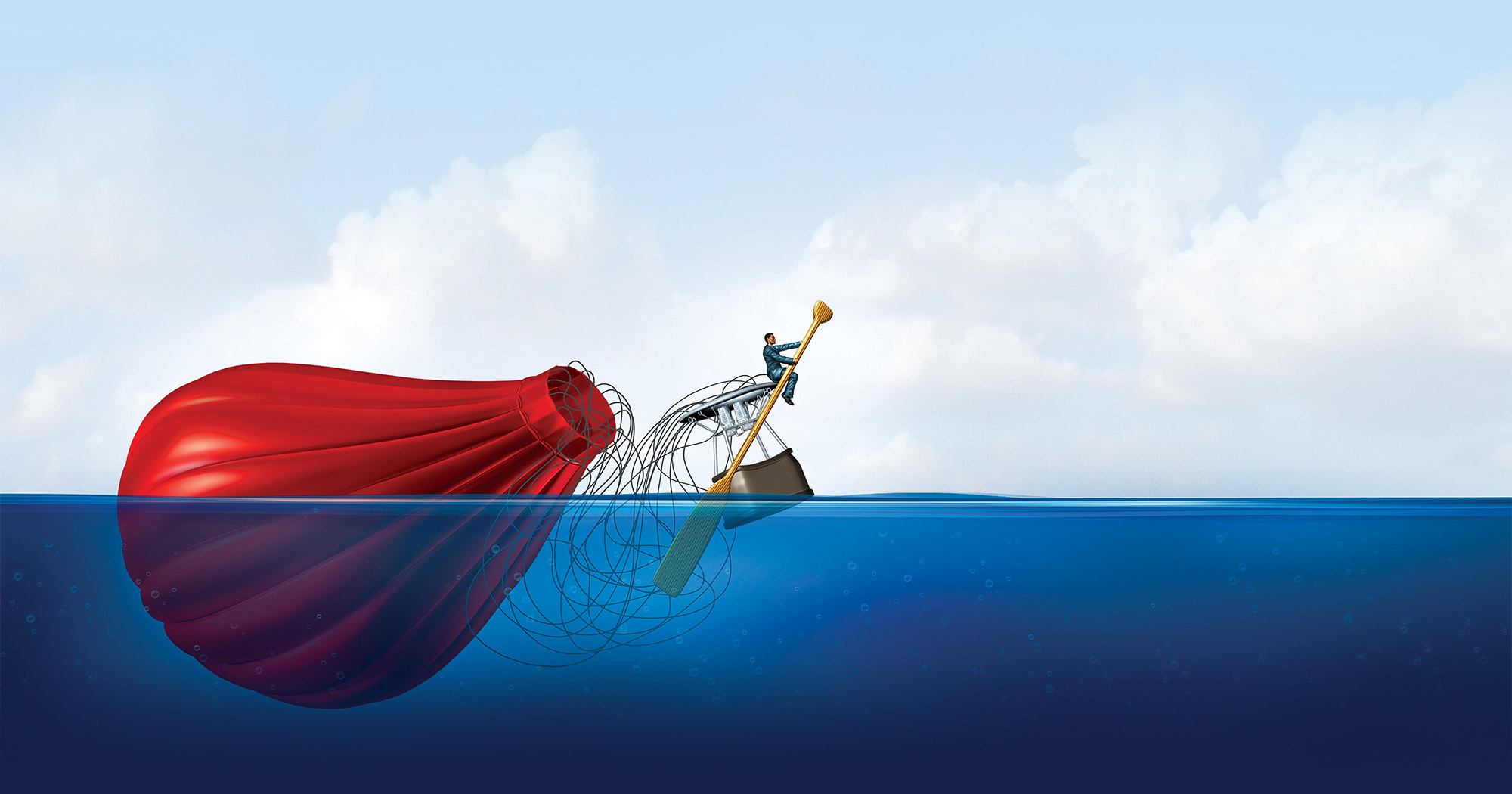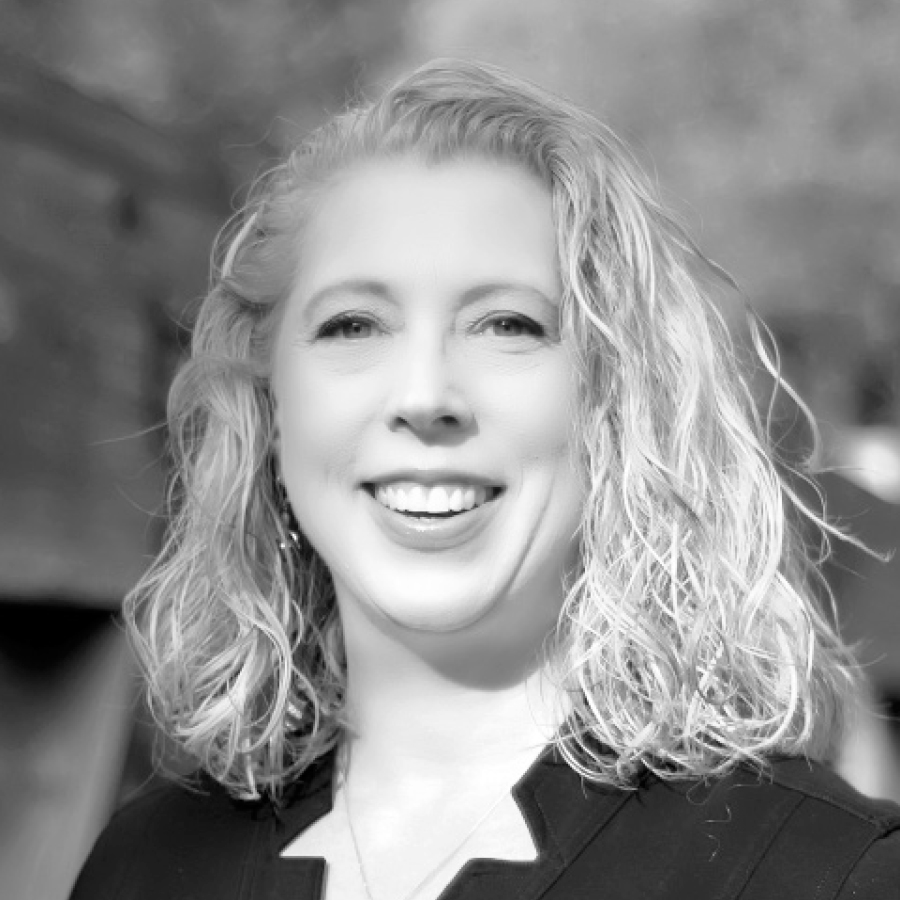e have all lived what feels like a decade throughout the last year and half. Many are feeling exhausted, burned out, on the edge, and are having serious reconsiderations of their careers, locations, and what aspects of life and work are individually important. These questions and dilemmas are all understandable because we have been living through a wicked problem. The COVID-19 pandemic is just the latest in a series of wicked problems facing the world.
Wicked problems were first defined in 1973 by Horst Rittel and Melvin Webber. Unlike tame problems, wicked problems don’t have definitive, testable or true solutions. The solution to a wicked problem may just lead to another problem needing another solution. Wicked problems also cannot be tested through trial and error. These types of problems are notoriously difficult to solve.
There are many wicked problems facing us today. Climate change and disinformation, for example, are wicked problems that have contributed to the current pandemic. Climate change is expected to contribute to future pandemics as loss of habitat increases the probability of zoonotic diseases. Likewise, disinformation is a rampant “infodemic” impacting all of society. These three issues alone demonstrate how wicked problems are often intricately intertwined. Because of the deadly consequences that wicked problems can impose, it is imperative that we gain a better understanding of these types of problems and work to construct solutions.

Because of the deadly consequences that wicked problems can impose, it is imperative that we gain a better understanding of these types of problems and work to construct solutions.
We also had to be forward-looking in the face of this wicked problem. The busy season for the division would be upon us within a couple of months. The field camps and research vessels posed an entirely different set of problems than those of the office environment. We had to figure out the best way to send staff out to remote areas or out to sea where little to no medical services were available. The tools at our disposal were limited, as testing was not widely available, vaccines were still in development, and the understanding of the virus was still preliminary. There were so many issues to be addressed and decisions to be made. The DLT laid out weekly action items, assigned tasks to individuals, and hammered out solutions in our weekly meetings. There were disagreements, but they were worked out with professionalism and humor.
All this required flexibility and adaptability in the state’s processes and by our staff. We had to adapt our processes quickly, which is often not easy for a government agency. My efforts early in the pandemic developing formalized situational telework agreements to guide supervisors and employees would later be implemented by other state agencies.
Wicked problems must be faced with an understanding of the relationships between variables within the problem as well as relationships between the people being impacted. The skepticism expressed about moving to telework and managing staff remotely had to be transformed by strengthening relationships and building trust. We had to care for our staff as much as we had to care for our mission-critical work. To be successful many of us would need to make changes to our habits, beliefs and values.
Unfortunately, the pandemic is still with us as variants change the landscape and cause us to pivot again. We have implemented useful changes. The speeding up of telework acceptance and the tools to make it feasible have contributed to a better work-life balance for many people. The tools and skills that we are using to get through the pandemic are useful for both tame and wicked problems. I am hopeful that we can start working on the wicked problem of disinformation, as we have seen its deadly impact.
Wicked problems will always be with us and may even become more prevalent and interconnected as technology and disruption continue to accelerate. The ability to adapt, pivot, be empathic, collaborate, be forward-looking, and build relationships will be vital in dealing with the wicked problems of the future.
